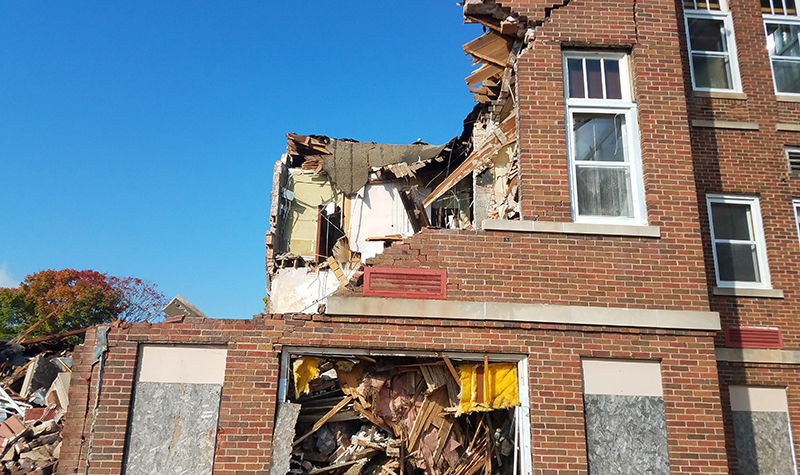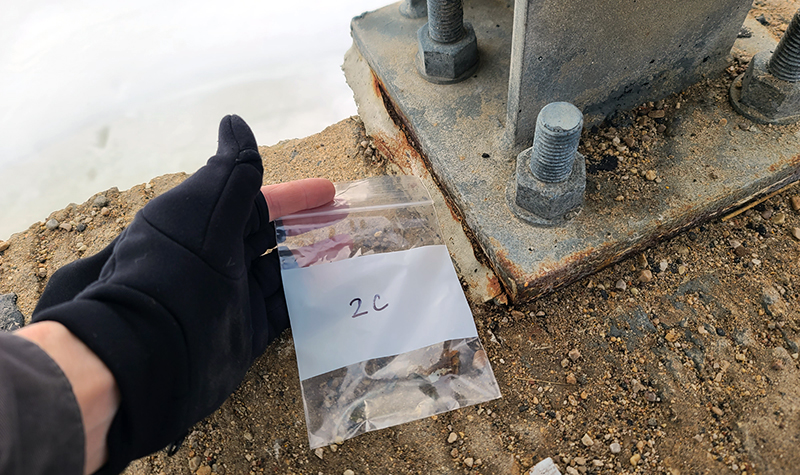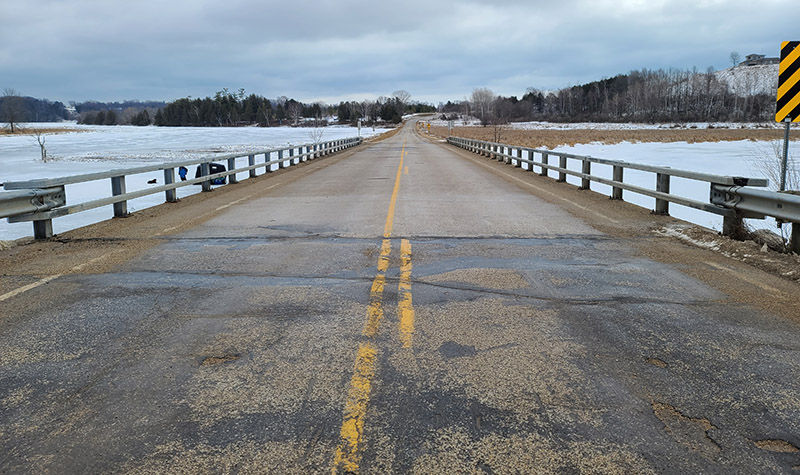All You Need to Know About Asbestos Inspections

By Bill Honea
Before structures can be rehabilitated, renovated, or demolished, they must be checked for the presence of asbestos-containing materials (ACM) to meet strict state and federal laws. In Wisconsin, these rules apply to institutional, commercial, industrial, and public buildings or structures and multifamily residential buildings with more than four dwelling units.

About the Expert:
Bill Honea, a geologist in our Green Bay office, has over 10 years of experience and has been a certified asbestos inspector for over five years. His field experience includes asbestos, soil, groundwater, vapor, and concrete sampling. He facilitates collaboration and communication with clients, peers, regulatory agencies, and subcontractors to meet project objectives and deadlines.
These important inspections protect the public, especially construction crews doing the work, from a substance that becomes hazardous when airborne. Bridges and buildings are the common structures that Ayres’ environmental group deals with frequently to check for ACM.
Background on Asbestos
Asbestos, a group of regulated fibrous minerals, has been used extensively in building materials for many reasons, including:
- It’s light and strong.
- It’s nearly indestructible, withstanding heat and chemicals.
- It’s cheap.
However, asbestos is a known carcinogen. When left undisturbed, it poses little risk. But when it is airborne, asbestos has the potential to cause lung disease and lung cancer.

While the U.S. has banned the use of asbestos in products that have not historically contained the material, many asbestos-containing products continue to be imported. Asbestos-containing products can even be found in some new construction products such as roofing felt, cement shingles, and vinyl floor ties.
When the Structure Comes Down
Ayres has designed over 1,500 bridges in its history, many of them bridge replacements. Some of our environmental work also involves structures that are being demolished to make way for redevelopment. Before the work can begin, an asbestos inspection must take place. Structures are inspected during the environmental documentation phase of a project by an environmental consulting firm. Ayres has several certified asbestos inspectors on hand.
The purpose of this inspection is to determine if ACM is present on or in a structure by obtaining representative samples of suspect material for laboratory analysis. All material sampled gets documented with photos showing the location of the material sampled and clearly identifying the material.
Asbestos inspections can take from a couple of hours on a small bridge to several days on a large building.
Where to Look for Asbestos
On bridges, common areas inspectors search for asbestos include:
- Parapet or sidewall expansion joint caulk.
- Gasket or grout material underneath guardrails or railing bolt plates.
- Caulk or sealant in expansion joints.
- Tar or sealant on wooden timbers.
- Paint and skim coats.
- Concrete and cement conduit
Buildings have a number of suspect materials, including insulation, floor tile, cork, siding, utility conduit, and paint.
When the presence of ACM is confirmed, a certified abatement company removes any ACM that are likely to become airborne before they are disturbed by the proposed demolition or renovation activities.

Inspectors must go through an accreditation process that includes initial and annual training to become certified to perform inspections. It’s a part of our job that gives us the satisfaction of knowing we’re making the world safer.
The environmental professionals at Ayres can help guide you in everything asbestos. Contact Bill Honea for more information on Ayres’ environmental capabilities.

Post a comment: